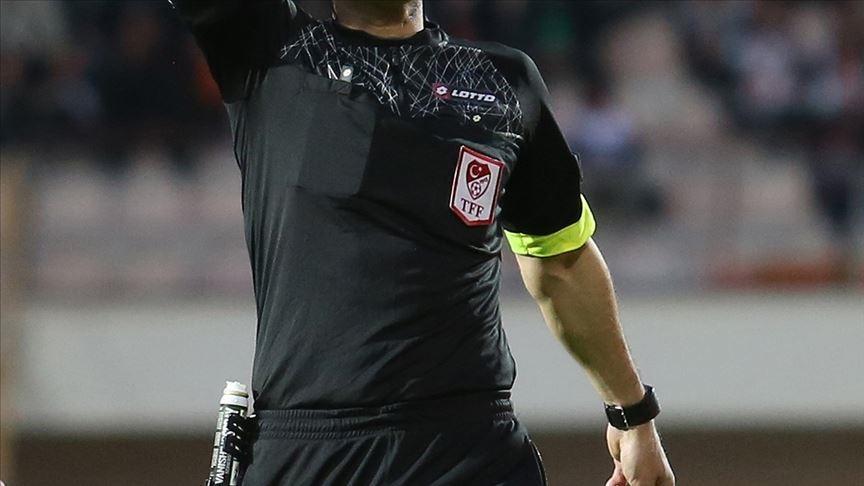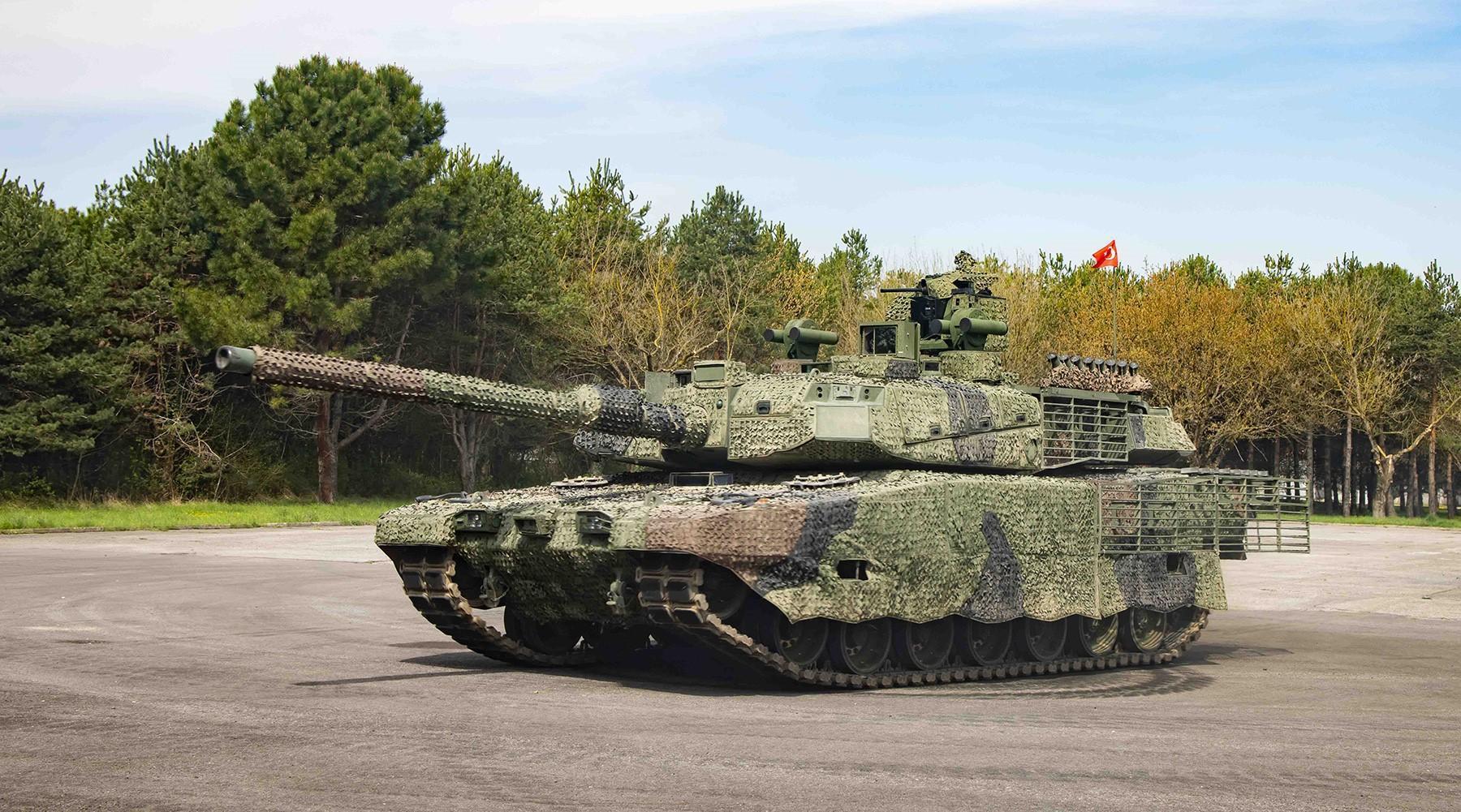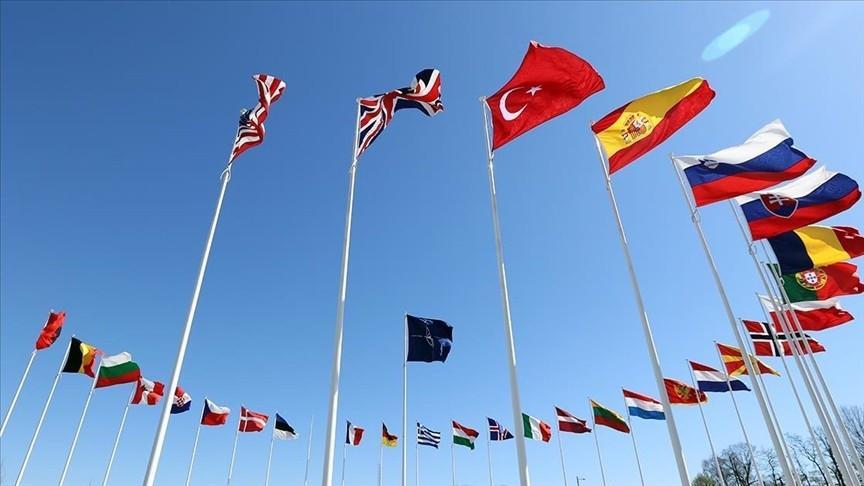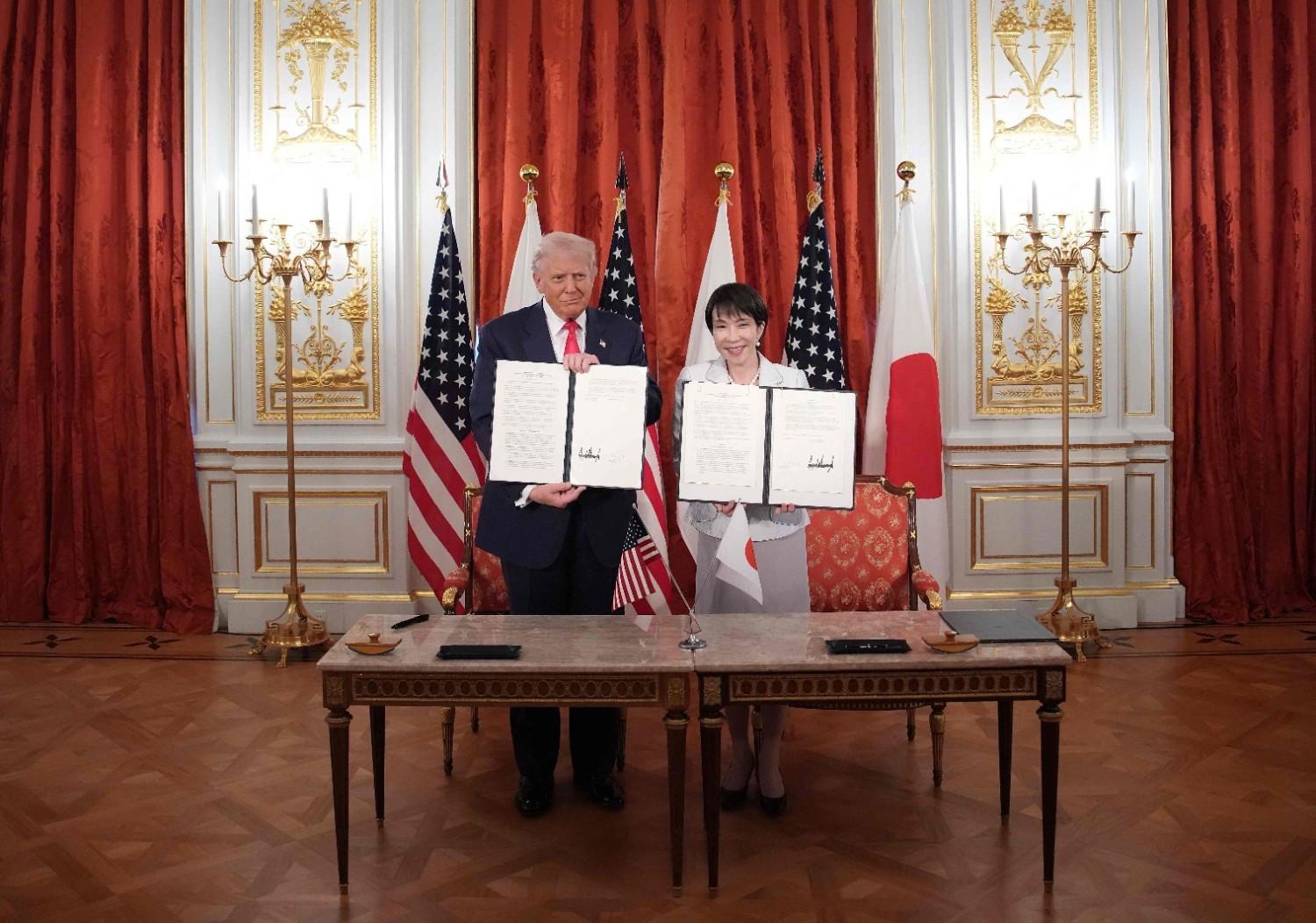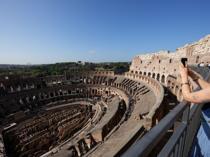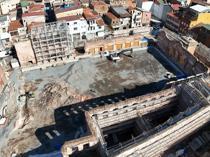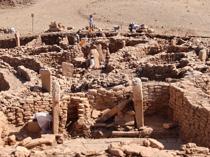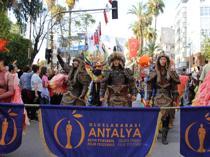Egyptian goddess’ bust unearthed in Satala
GÜMÜŞHANE
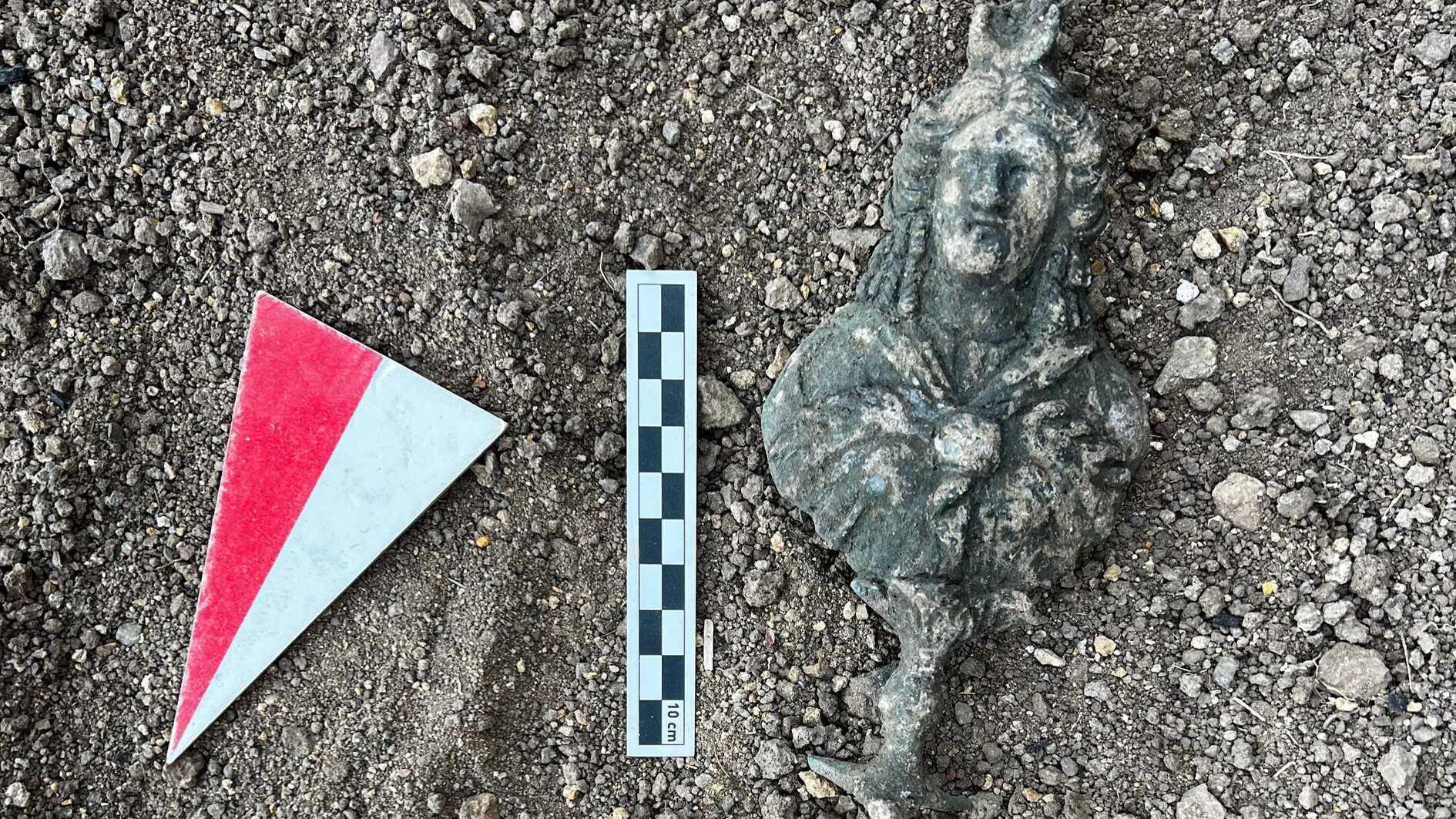
A bronze bust of the Egyptian goddess Isis has been discovered during excavations at the ancient city of Satala in the Kelkit district of the northeastern province of Gümüşhane, which served as a Roman military headquarters.
Elif Yavuz Çakmur, excavation director and a lecturer in the Department of Archaeology at Karadeniz Technical University’s Faculty of Letters, told state-run Anadolu Agency that the 20-centimeter-tall bronze bust was unearthed during excavations in the necropolis area.
Noting that the team encountered a surprising and highly significant find, Çakmur said, “The statue of the Egyptian goddess Isis was found separated from its base. We already know that the legions believed in Mithraism and the 12 gods. This find is particularly important as it also reflects their reverence for a goddess from Eastern cultures.”
Emphasizing that the discovery provides new insight into the religious beliefs of Roman legions, she said: “This find is significant as it demonstrates the religious diversity among legionary soldiers. It is also very important because it is the first bust uncovered since the Aphrodite bust discovered in the 1870s.”
Providing further details about the artifact, Çakmur said: “The bust was found together with its base, which features the goddess emerging from a three-petaled calyx supported by three legs. On the head, two preserved ears of corn, symbols of fertility and abundance, can be seen on the left side. The figure wears a fringed shawl tied with a knot at the front."
"Restoration work on the statue is ongoing, and once completed, it will be displayed at the Gümüşhane City Museum. Scientific studies to determine the dating of the bronze bust will also be carried out by our team,” she added.



